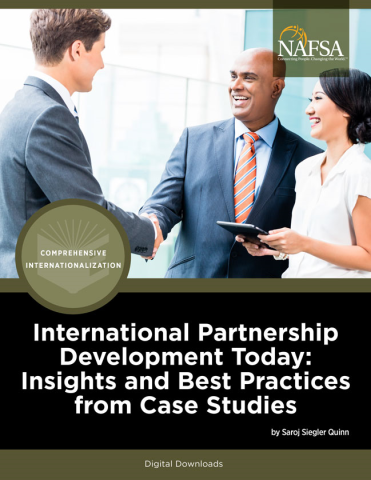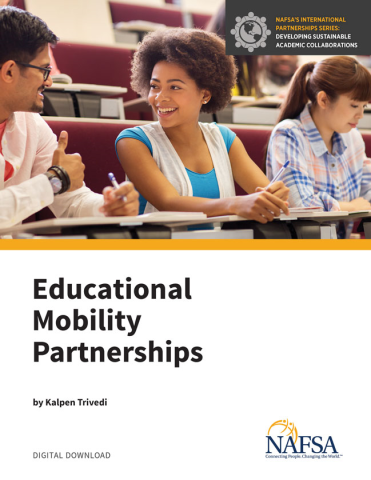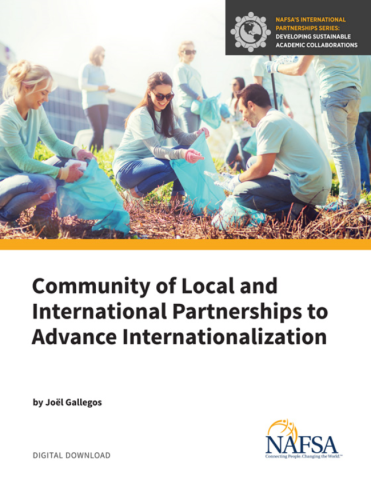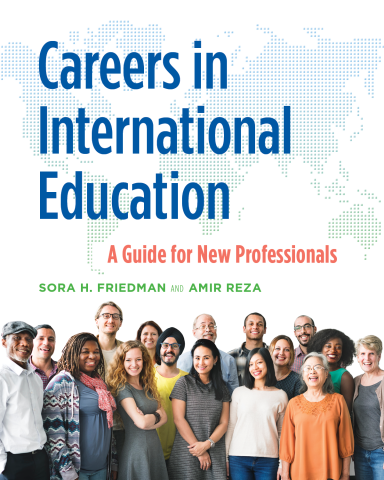
Relationship Cultivation

Education Abroad Alliances: Building Relationships with Key Offices on Campus
It is mission critical for education abroad offices to have healthy, productive relationships with cross-campus partners. On any given day, an education abroad adviser could interact with the Registrar’s Office to plan a course schedule, the Office of Financial Aid to support a student question, the
Read More
IE Competencies 2.0: Compliance Management; Relationship Cultivation; Risk Assessment & Crisis Management
In the fourth session of the IE Competencies 2.0 series, panelists will highlight the competencies of Compliance Management; Relationship Cultivation; and Risk Assessment & Crisis Management. Join this conversation with your peers and discuss topics including how to: ensure activities and practices
Read More
2023 Latin America and Caribbean Forum
Integrating Diverse Views and Perspectives in Collaborative Alliances Thursday, June 1, 2023 1:00 - 3:00 p.m. EDT Salon C in Washington Convention Center NAFSA welcomes you to join us at the 2023 Latin America and Caribbean Forum on June 1 in Washington, D.C., a special Signature Program included
Read More
Advocacy Strategies for Advancing International Education
On November 1, 2022, NAFSA’s International Education Leadership Knowledge Community held an informative panel discussion on successful strategies to use when advocating for international education, including best practices for working with a government relations office. Panelists included seasoned
Read More
Celebrating Student and Alumni Success Stories: A Collegial Conversation on Model Practices
How and why should ISSS offices share student and alumni success stories? In this conversation, panelists explore how ISSS offices work with stakeholders to engage with international alumni, develop networks on and off-campus, and nurture ongoing relationships with the office. The content is
Read More




